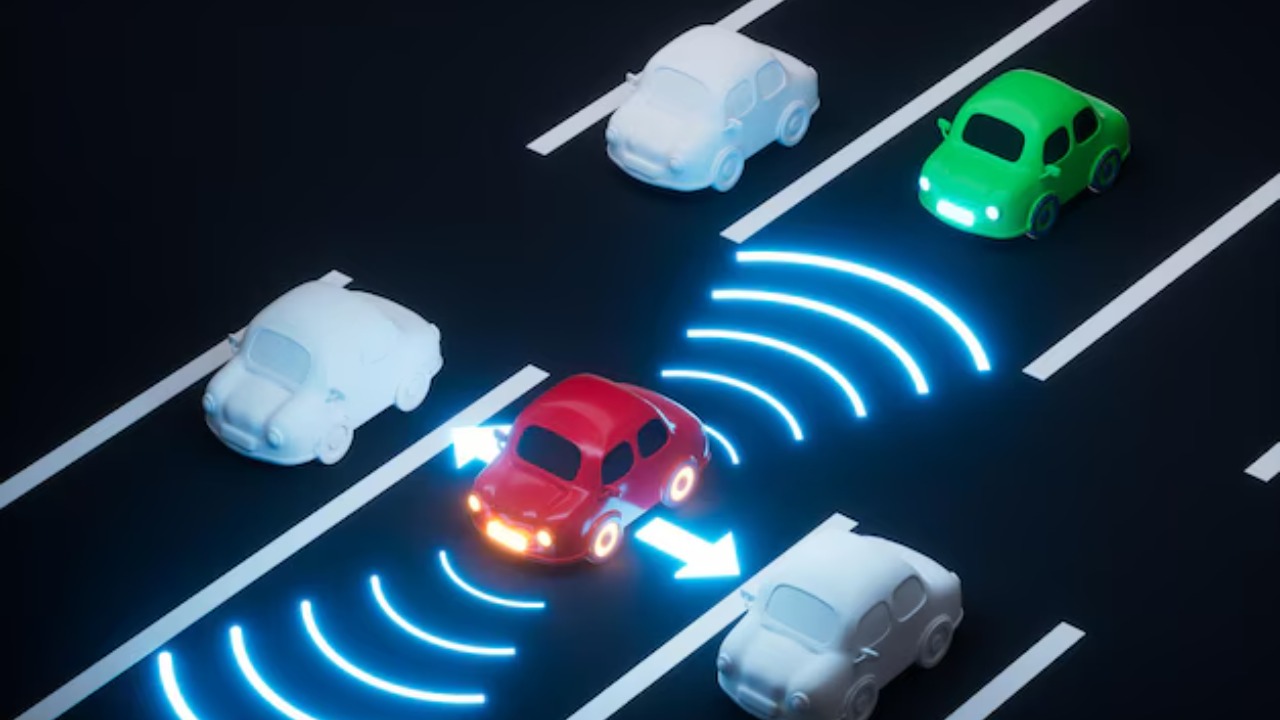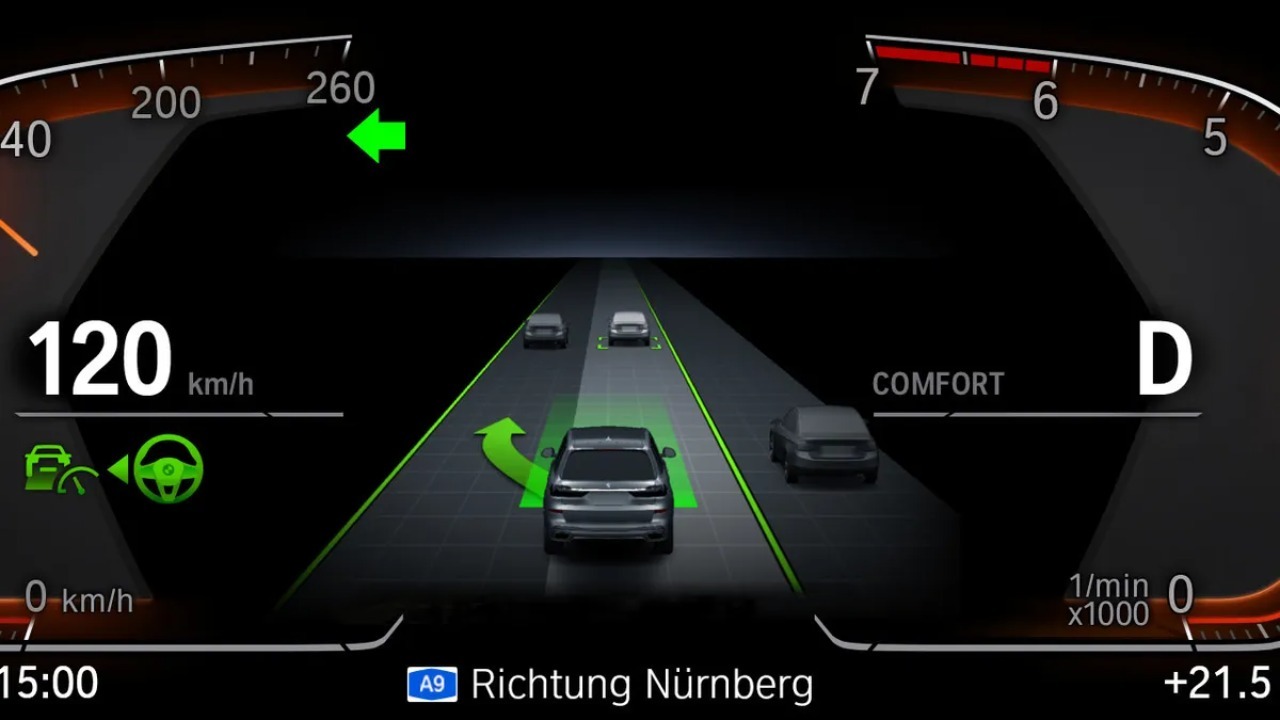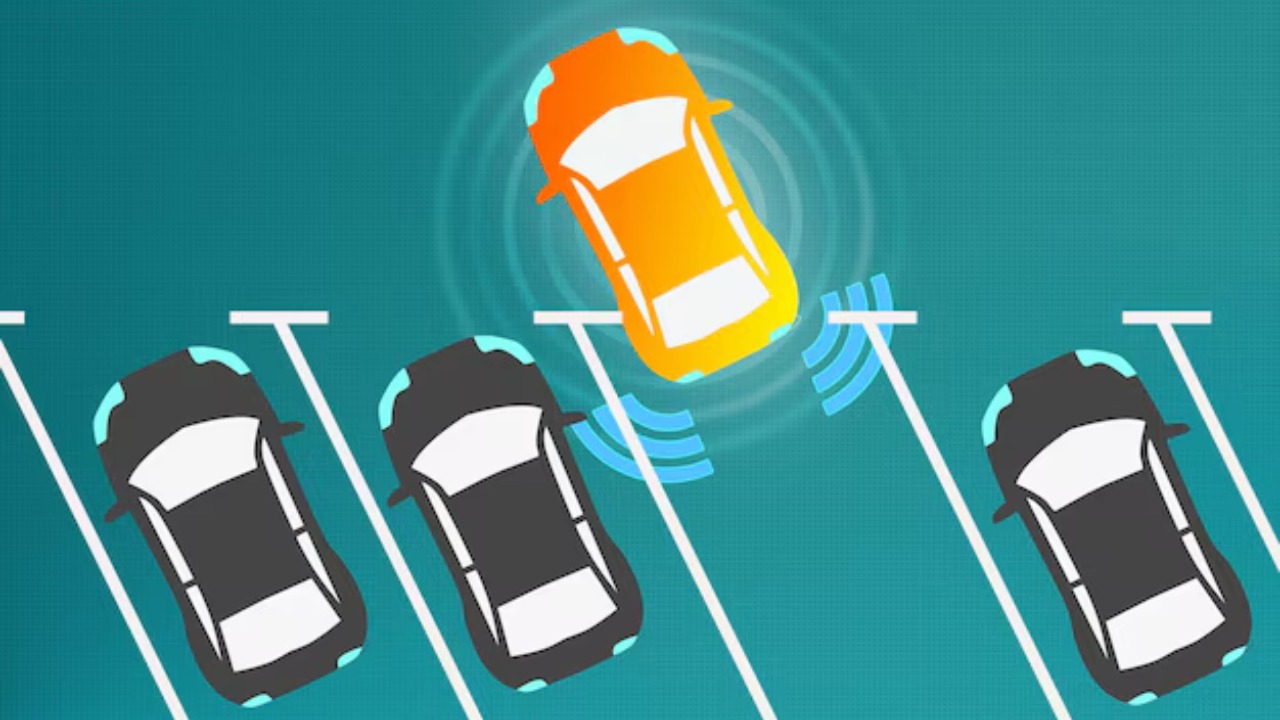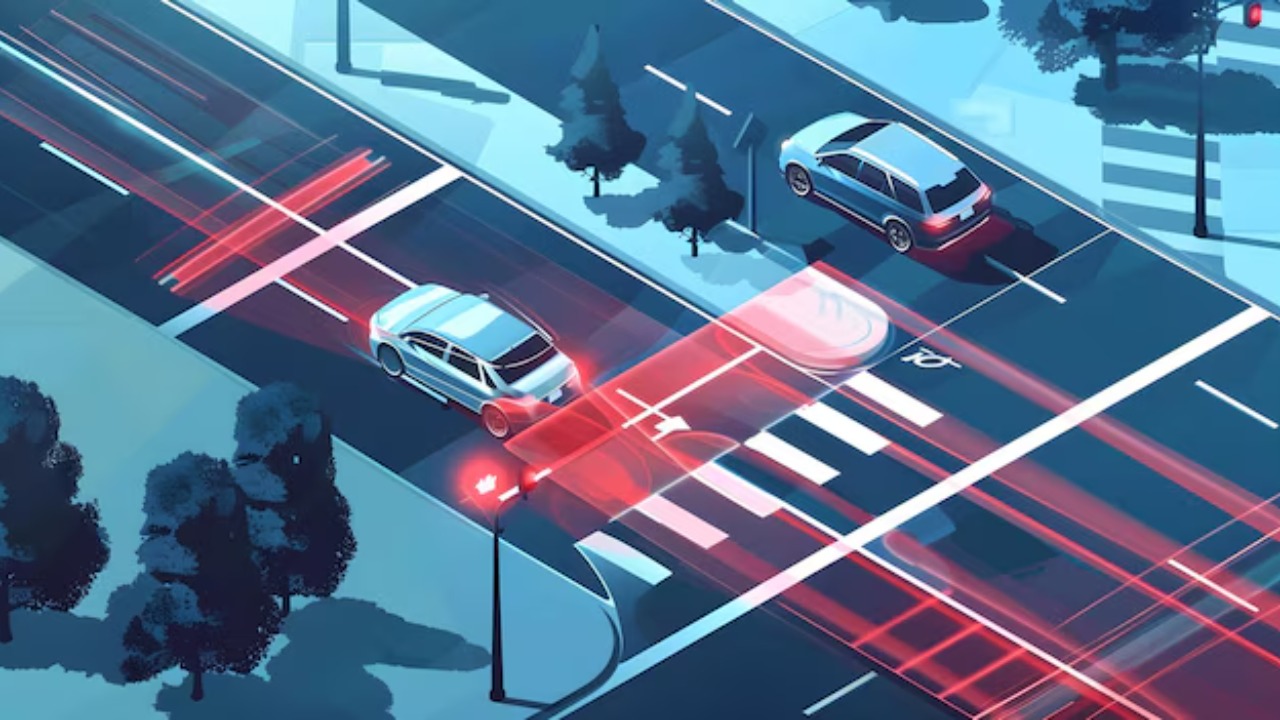
Tesla’s Automatic Lane Change feature, part of its Full Self-Driving (FSD) package, is touted as a revolutionary step towards autonomous driving. However, many users and experts have reported significant issues, raising concerns about its reliability and safety. Here’s why Tesla’s Automatic Lane Change may be failing drivers.
The Promises of Tesla’s Automatic Lane Change

The Automatic Lane Change feature was introduced by Tesla as a significant step toward achieving fully autonomous driving. This feature is designed to enable vehicles to autonomously change lanes on highways, theoretically increasing convenience and safety for drivers. Tesla has positioned this capability as a key component of its ambitious Full Self-Driving (FSD) package, promising a future where human intervention is minimal.
However, the reality of its performance often falls short of expectations. Many users report that the system isn’t as seamless as advertised. In practice, the feature can exhibit hesitation, abrupt maneuvers, or fail to initiate lane changes altogether. This disparity between expectation and reality raises questions about Tesla’s claims and underscores the challenges inherent in developing autonomous vehicle technology.
In the broader context, the Automatic Lane Change is integral to Tesla’s vision of autonomous vehicles. As part of the FSD suite, its success or failure has significant implications for Tesla’s long-term goals in the autonomous driving sector. The feature’s performance is not only a test of Tesla’s technological prowess but also a measure of its promise to revolutionize the automotive industry.
Technical Challenges and Shortcomings

One of the primary challenges facing Tesla’s Automatic Lane Change is the limitations of its current sensor suite and software. The system relies heavily on cameras and machine learning algorithms, which sometimes struggle to interpret complex driving environments accurately. These technical constraints can result in delayed or incorrect responses, undermining the feature’s reliability.
Real-world feedback from users highlights numerous performance issues. Reports indicate that the system may fail to detect vehicles in adjacent lanes, misjudge the speed of oncoming traffic, or react unpredictably to sudden changes in road conditions. These examples illustrate the gap between Tesla’s technological aspirations and the current capabilities of its Automatic Lane Change feature.
Additionally, the system’s ability to adapt to diverse road conditions and driving habits remains a concern. While Tesla has made strides in developing technology suited for U.S. roads, users in other regions experience a lack of optimization. This regional discrepancy highlights the challenges of creating a truly global autonomous driving solution.
Safety Concerns and Legal Implications

Safety is a paramount concern when it comes to autonomous driving features, and Tesla’s Automatic Lane Change raises several red flags. Users report issues such as delayed lane changes and erratic vehicle movements, which can lead to potentially hazardous situations on the road. Such safety risks not only jeopardize drivers but also threaten public confidence in autonomous vehicle technology.
Legal challenges further complicate the landscape for Tesla. The company faces ongoing lawsuits and public scrutiny related to its FSD package, with the Automatic Lane Change feature often cited in legal proceedings. These legal battles underscore the tension between innovation and regulatory compliance, and how Tesla navigates these issues will be pivotal for its future.
The regulatory environment remains another hurdle for Tesla. As governments worldwide develop and refine safety standards for autonomous vehicles, Tesla’s technology must align with these regulations. The challenge lies in ensuring that its features not only comply with current standards but are also adaptable to future regulatory changes.